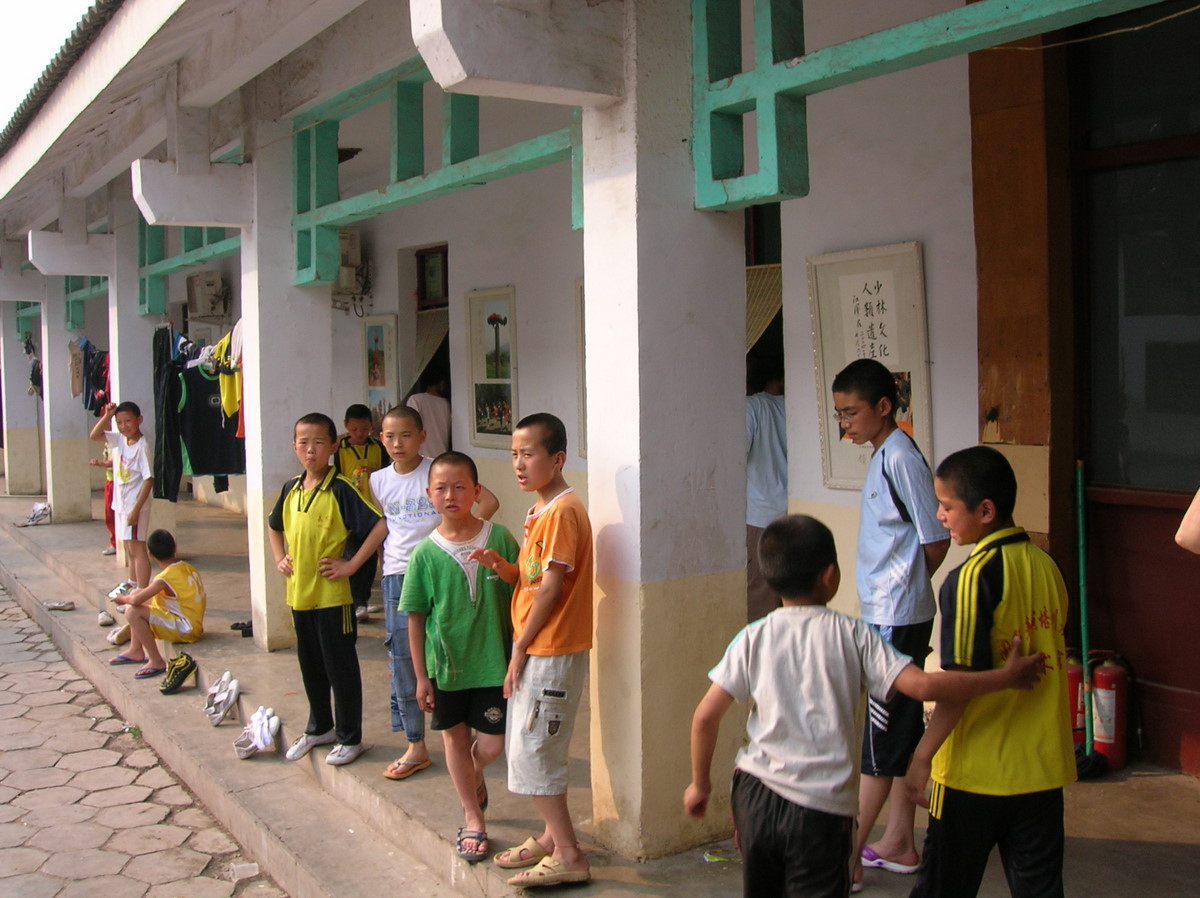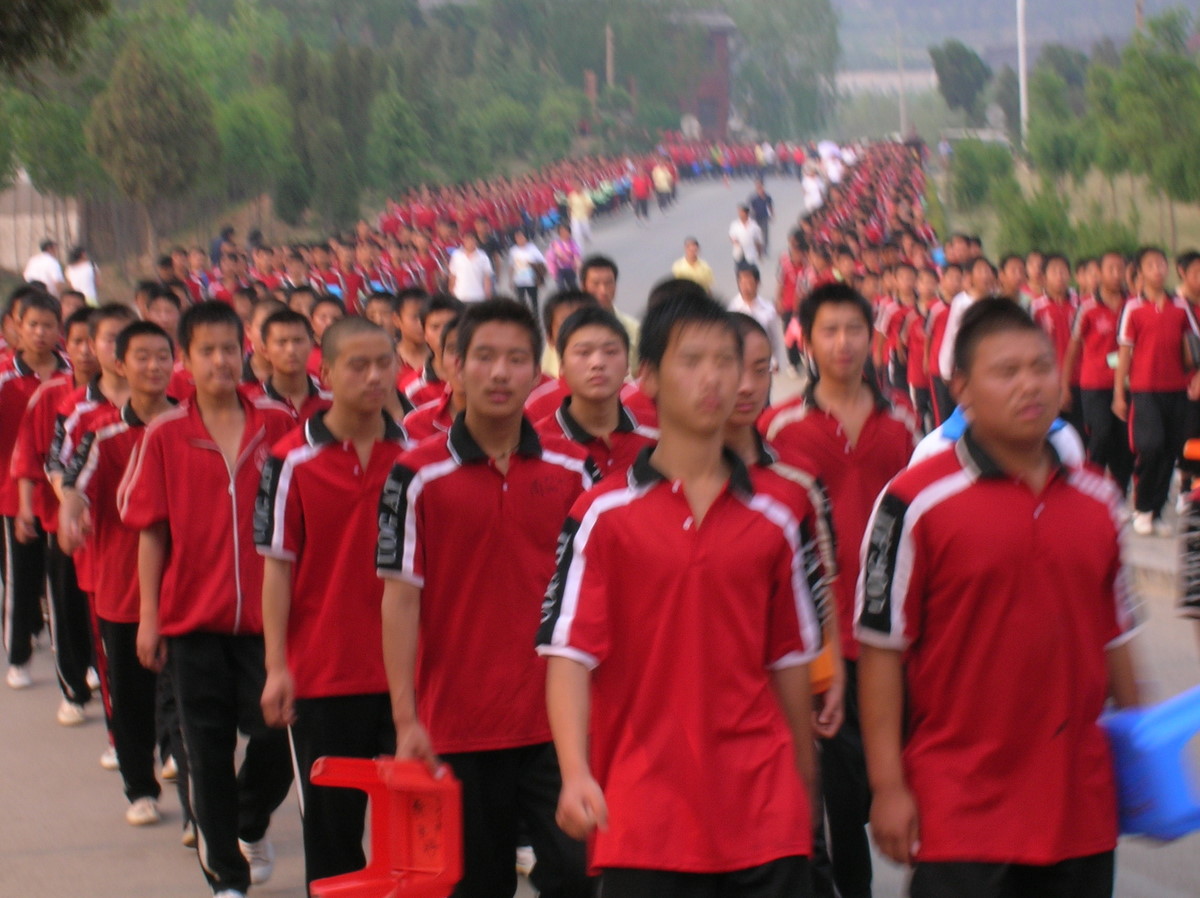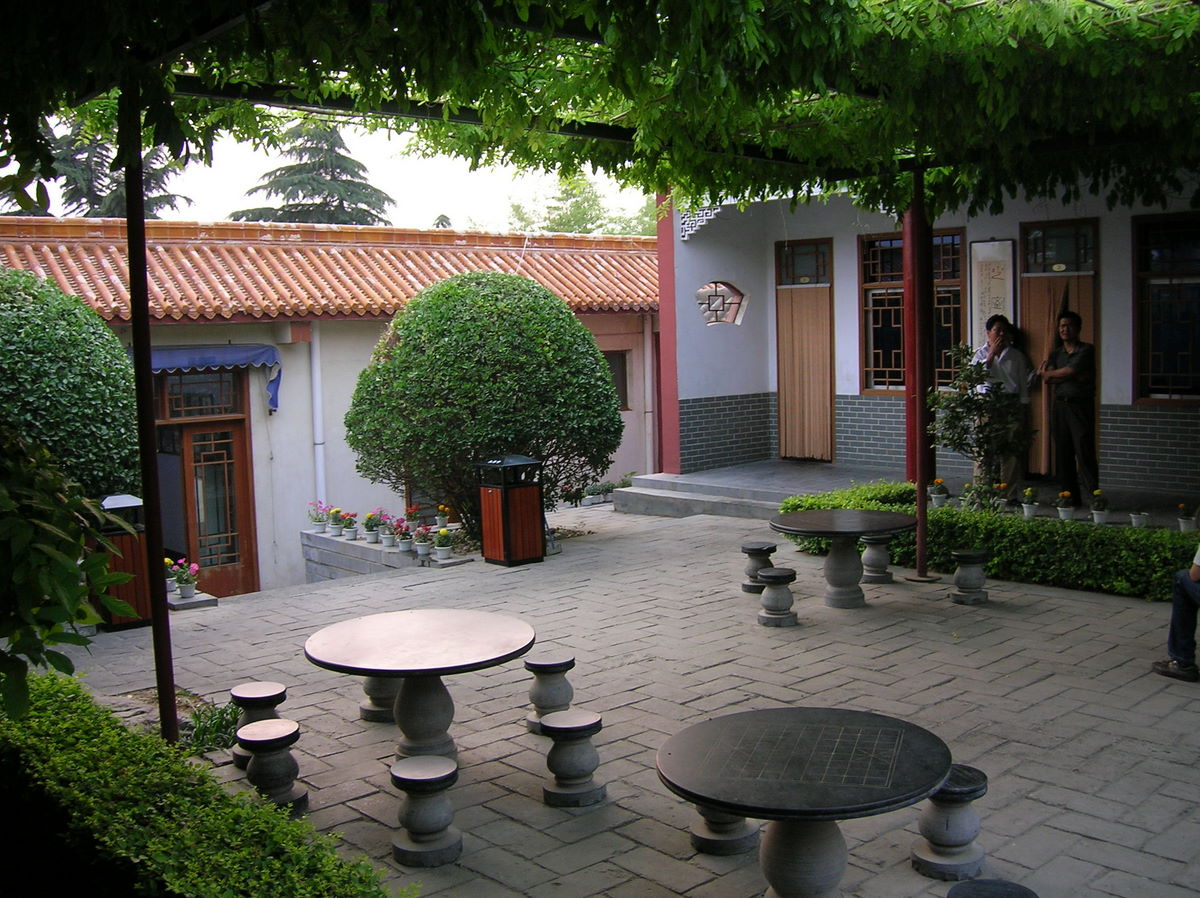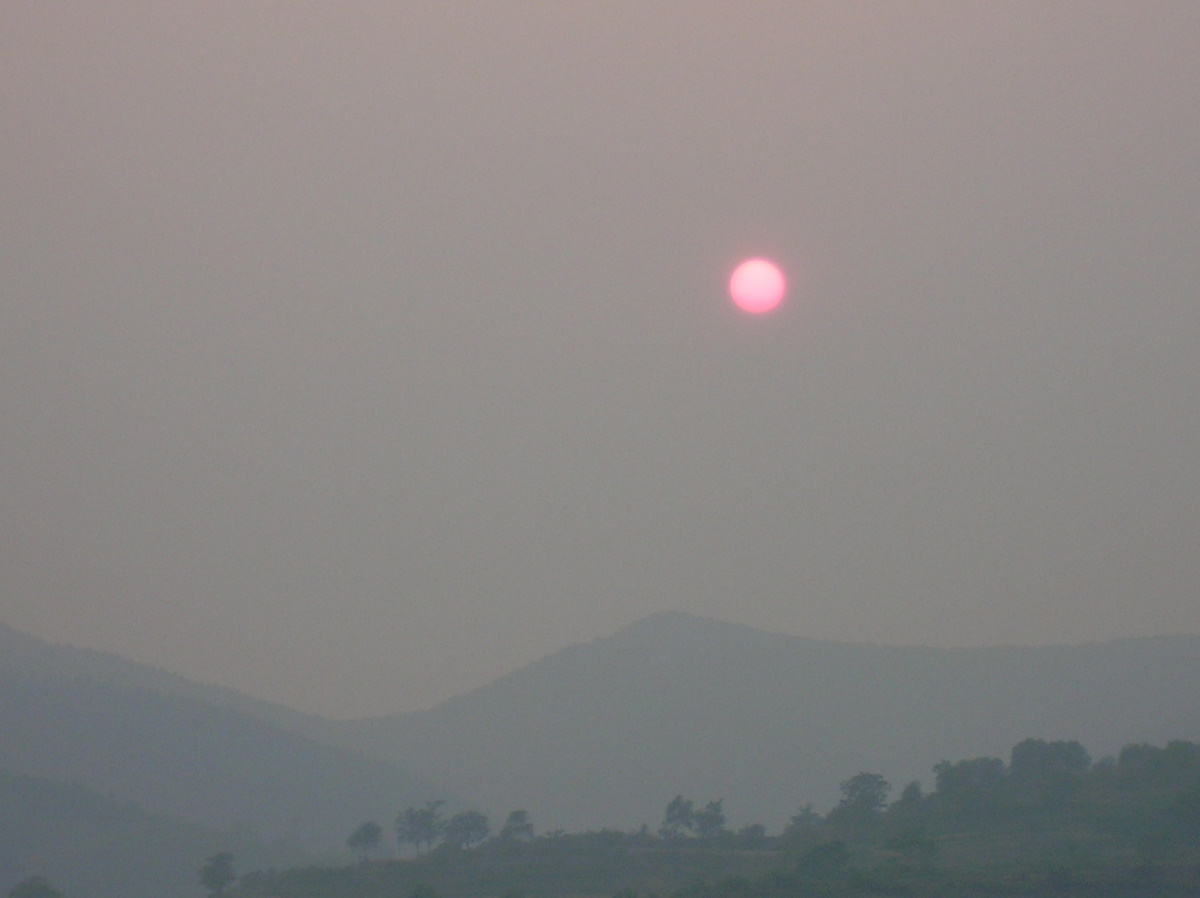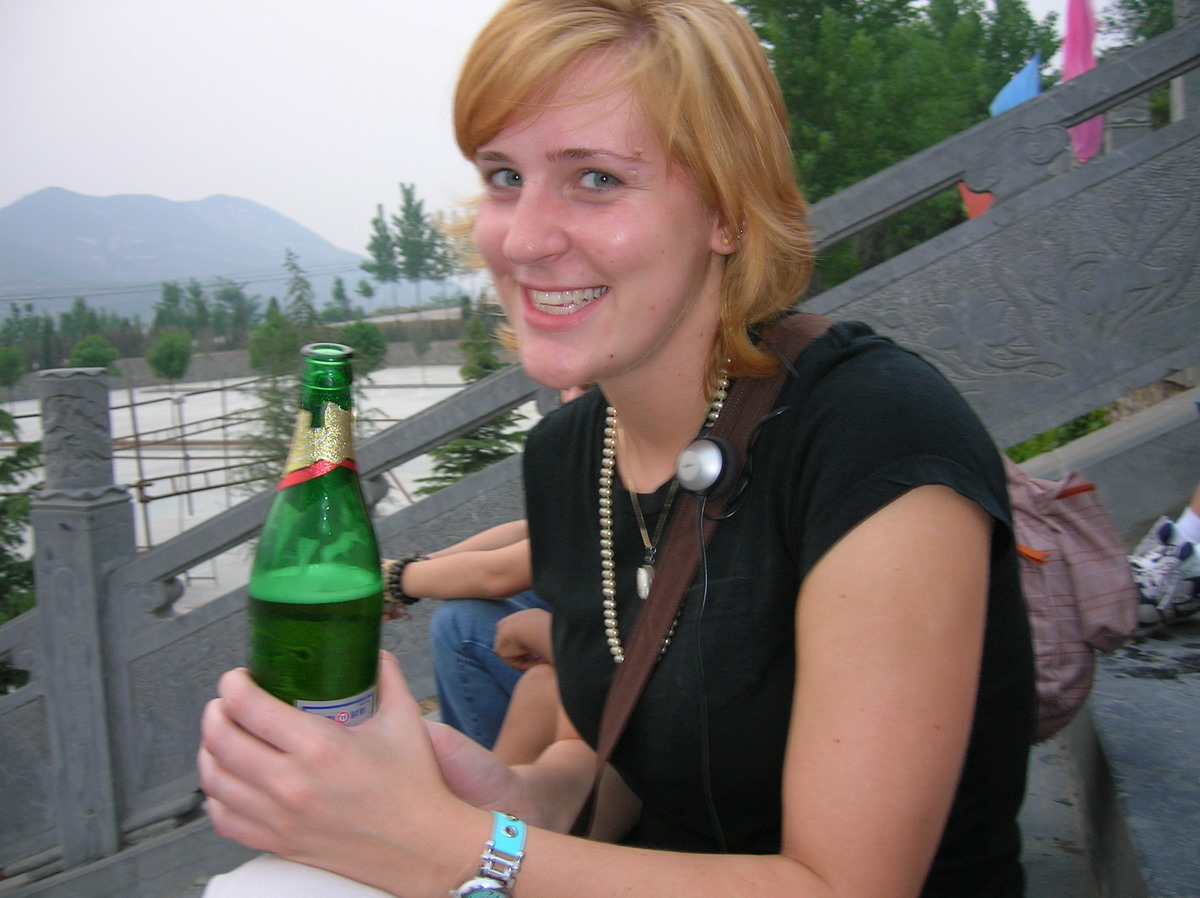Shaolin Temple in the spotlight, and its role in one of the best days of my life
This morning I was reading my copy of the current National Geographic, and the standout piece was the story and photographs of the Shaolin Temple, which stands in the midst of the Song Mountains in Henan Province, China. The temple is serving as both an important component of a resurgence of popularity of kung fu and martial arts in the nation, but it is also hell-bent on branding itself and marketing much of the cultural and historic value that it has, becoming just as much of a tourist money-maker as a place to send your young Chinese son if he's got an attitude problem.
 Dengfeng, the city nearby, is the modern-day kung fu capital of China, with more than 50,000 boys enrolled in at least 60 different schools in the area (source: Nat Geo article). I got a hint of this enormous population of young men when I visited the Shaolin Temple in May of 2007: just as we were returning to our bus, an unfathomable line of boys in red track suits began marching down the wide road into the complex, and they just kept coming, and coming, and... I was so overwhelmed by the sheer number of people (all teenage boys, too), I tried to take a picture. They all turned out horrible, but I was tickled to find those same red track jackets on the boys featured in the article, which has at least one photo that begins to suggest the huge population of boys living in this region and learning the art of kung fu--which was discouraged during the Mao years, considered an old-fashioned relic of times gone by.
Dengfeng, the city nearby, is the modern-day kung fu capital of China, with more than 50,000 boys enrolled in at least 60 different schools in the area (source: Nat Geo article). I got a hint of this enormous population of young men when I visited the Shaolin Temple in May of 2007: just as we were returning to our bus, an unfathomable line of boys in red track suits began marching down the wide road into the complex, and they just kept coming, and coming, and... I was so overwhelmed by the sheer number of people (all teenage boys, too), I tried to take a picture. They all turned out horrible, but I was tickled to find those same red track jackets on the boys featured in the article, which has at least one photo that begins to suggest the huge population of boys living in this region and learning the art of kung fu--which was discouraged during the Mao years, considered an old-fashioned relic of times gone by.
That day was ridiculously hot; in retrospect, looking at my pictures of the Temple and the mountains and scenery, I wistfully forget this detail, preferring to wax nostalgic about the beauty of everything around me. This day traveling among the Song Mountains, between them on winding roads in a gigantic bus, remains one of the best days in my life. That is no overstatement. I was breathless the whole day over the beauty of the mountains, and I could not figure out why. As dusk approached, I realized internally that I had never actually been around mountains of any true enormity. These geographic giants gracing the backdrop of everything we did was an entirely foreign context for me.
 As night approached, we attended a show vaguely titled Zen Music Show, which does absolutely no justice for the stunning music and dance that was performed, again in the shadows of the mountains--in fact, using them as part of the story of man and his long relationship to the land, to music, to sounds of nature as being music, and to his own body as a form of art. Again, none of my photos do this night justice at all. But I was in tears over the blessing of such an amazing experience, which I knew would never be recreated in exactly the same way. I floated through the day, and the night was so amazing as to feel surreal. Not to sound crazy or too-far-on-edge, but natural high" might be the most accurate description of this day and subsequent evening.
As night approached, we attended a show vaguely titled Zen Music Show, which does absolutely no justice for the stunning music and dance that was performed, again in the shadows of the mountains--in fact, using them as part of the story of man and his long relationship to the land, to music, to sounds of nature as being music, and to his own body as a form of art. Again, none of my photos do this night justice at all. But I was in tears over the blessing of such an amazing experience, which I knew would never be recreated in exactly the same way. I floated through the day, and the night was so amazing as to feel surreal. Not to sound crazy or too-far-on-edge, but natural high" might be the most accurate description of this day and subsequent evening.
Add to this the dinner we'd feasted on before the show: a traditional fare of what a monk would eat in a Buddhist monastery, eaten in a monastery that glimmered with fresh flowers, vines, and twinkle lights in its charming courtyard. I honestly do not care if the whole thing was a tourist establishment, because it did not feel this way, and the food was some of the very best I had in China. With meat out of the picture (traditional monks are vegetarian), all the sudden spices and vegetables were the delicious focus, and it was as if the two composed a symphony of flavors together, shining, instead of serving as sideline components to dinner. The vegetables were incredible, cooked perfectly. Nuts, rice, and other key dishes in the monk's mix were also extraordinary. I realize this might have been compounded by my already-blissful feelings on the day, but even while eating the meal and when considered against every other night I ordered food in two months in China, it remains on a very short list of stand-out meals.
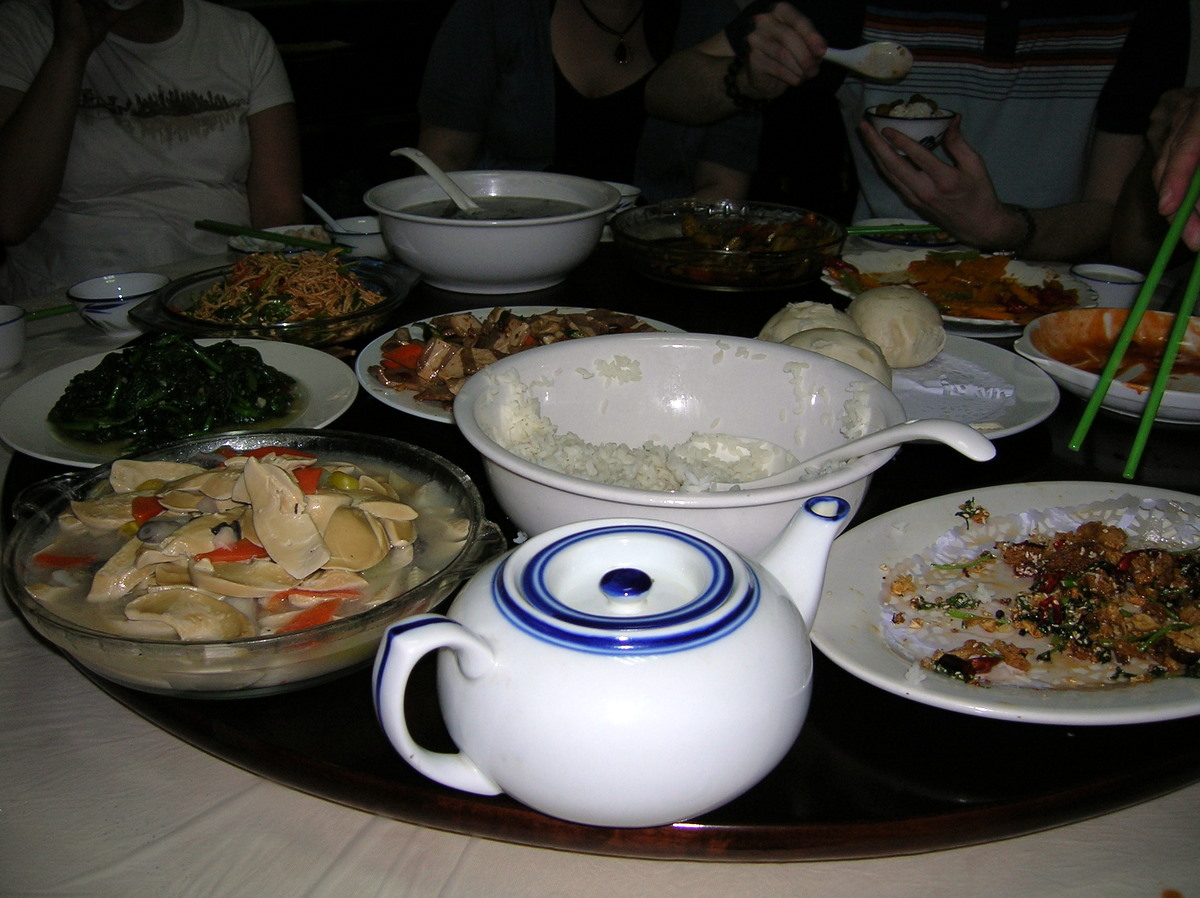 The actual Shaolin Temple itself was a bit of a sham: it is proclaimed as ancient and historic. They sort of add on as a parenthetical detail the fact that the actual temple and all extra buildings on the campus were built in the 1980s, as part of the budget for a kung fu movie (kid you not). The one before that had been destroyed during the Cultural Revolution (1966-76), when all things deemed "traditional" were slated as insignificant for the new and communist China, and were seen as potential threats that might cause citizens to revert back to old fashioned ways and challenge the larger system. This included arts and religion, and many educators and practitioners of these things were beaten or killed for their interests. (There's a book on the memories of many who have been silent, but who lived through much of this, here.) And the Shaolin Temple that the Red Guard burned then was built in the early twentieth century.
The actual Shaolin Temple itself was a bit of a sham: it is proclaimed as ancient and historic. They sort of add on as a parenthetical detail the fact that the actual temple and all extra buildings on the campus were built in the 1980s, as part of the budget for a kung fu movie (kid you not). The one before that had been destroyed during the Cultural Revolution (1966-76), when all things deemed "traditional" were slated as insignificant for the new and communist China, and were seen as potential threats that might cause citizens to revert back to old fashioned ways and challenge the larger system. This included arts and religion, and many educators and practitioners of these things were beaten or killed for their interests. (There's a book on the memories of many who have been silent, but who lived through much of this, here.) And the Shaolin Temple that the Red Guard burned then was built in the early twentieth century.
I have lessoned my outrage over time regarding this part of the Temple, as sometimes history happens and we just have to do the best we can with the tumultuous times we witness. Buildings get destroyed, and if they matter enough to the people around it at the time, they are rebuilt. But I had real issues with the way it was portrayed, as the "real thing." The grounds and cemetery are the real thing, where generations of the kung fu masters have their final resting place. That is significant. I remember feeling a bit betrayed when they informed us that this temple was circa 1980s, about as old as me, right at the end of the whole spiel.
One small speck on my day though. All these memories were coming back to me this morning, and I took some time to reflect again on the way I felt that day, and reminded myself again that experiences like that have been vastly influential in my life as a whole. Bites of life like that are what give it so much meaning. And, I was so utterly thankful to be there, drinking in this country, this language, this landscape, so unlike my own.


